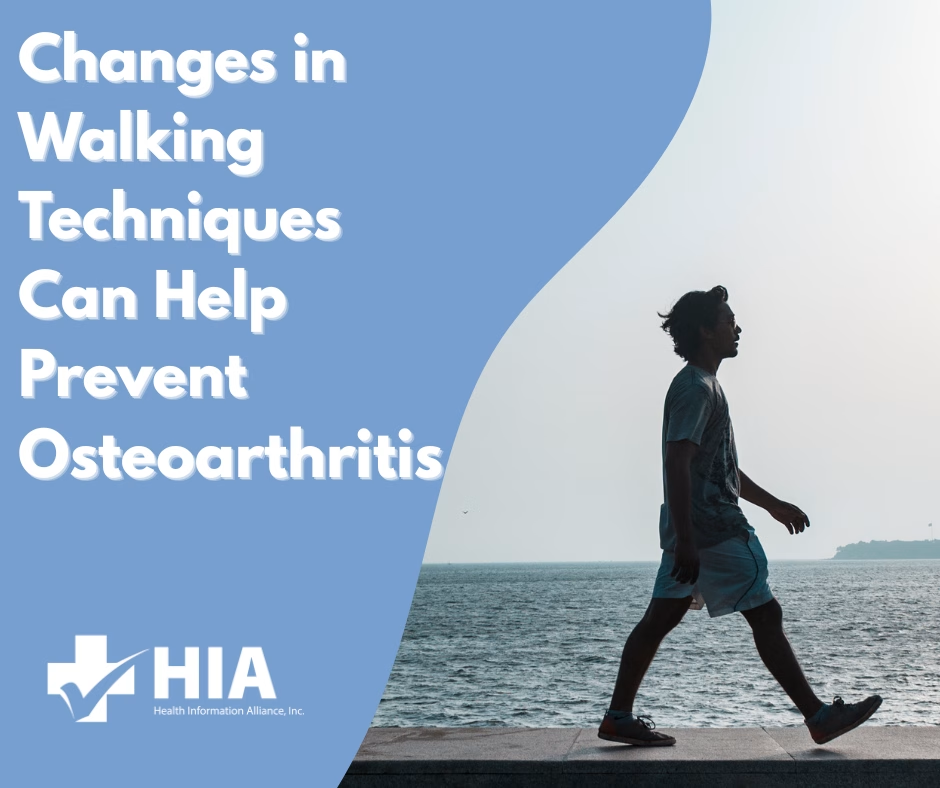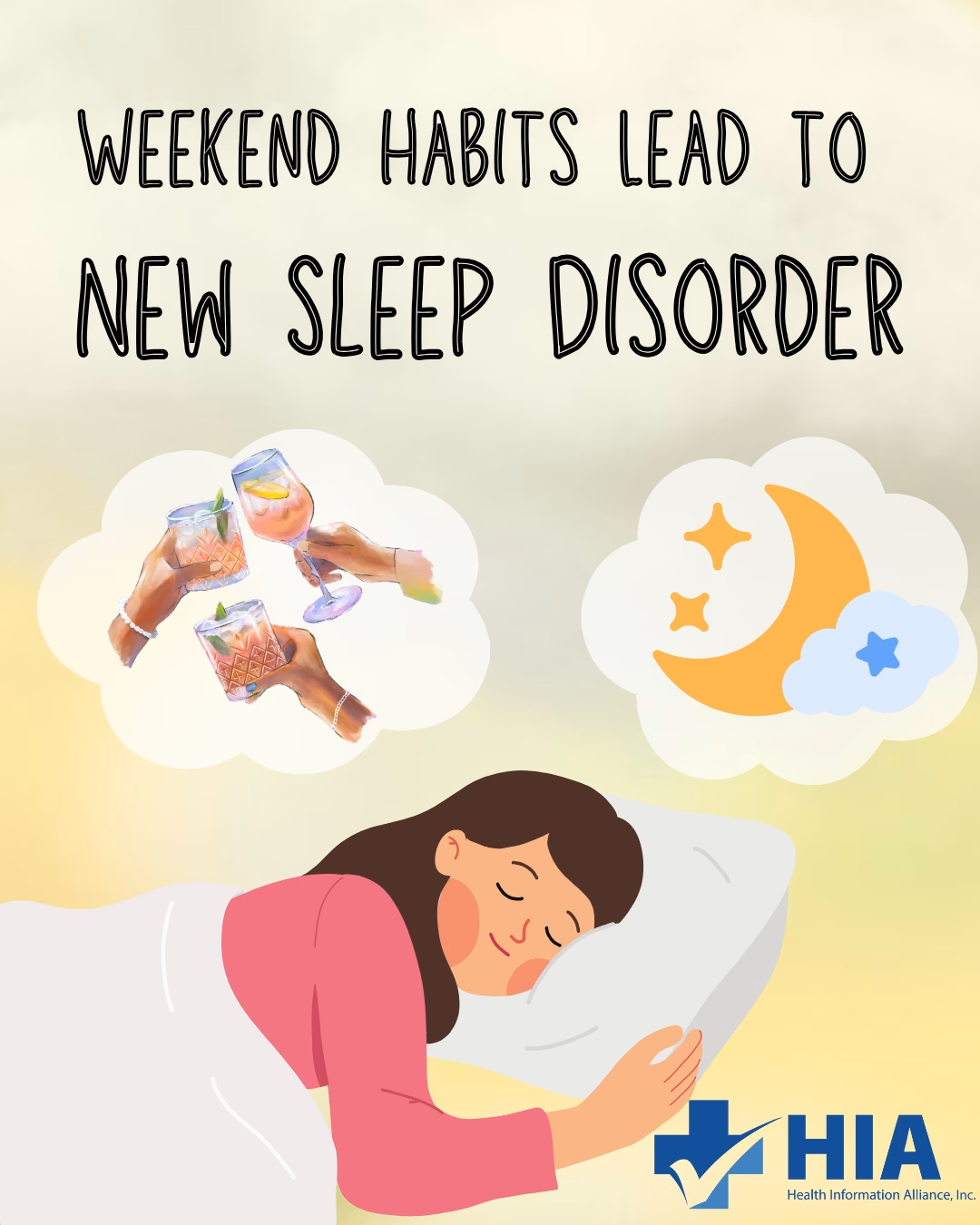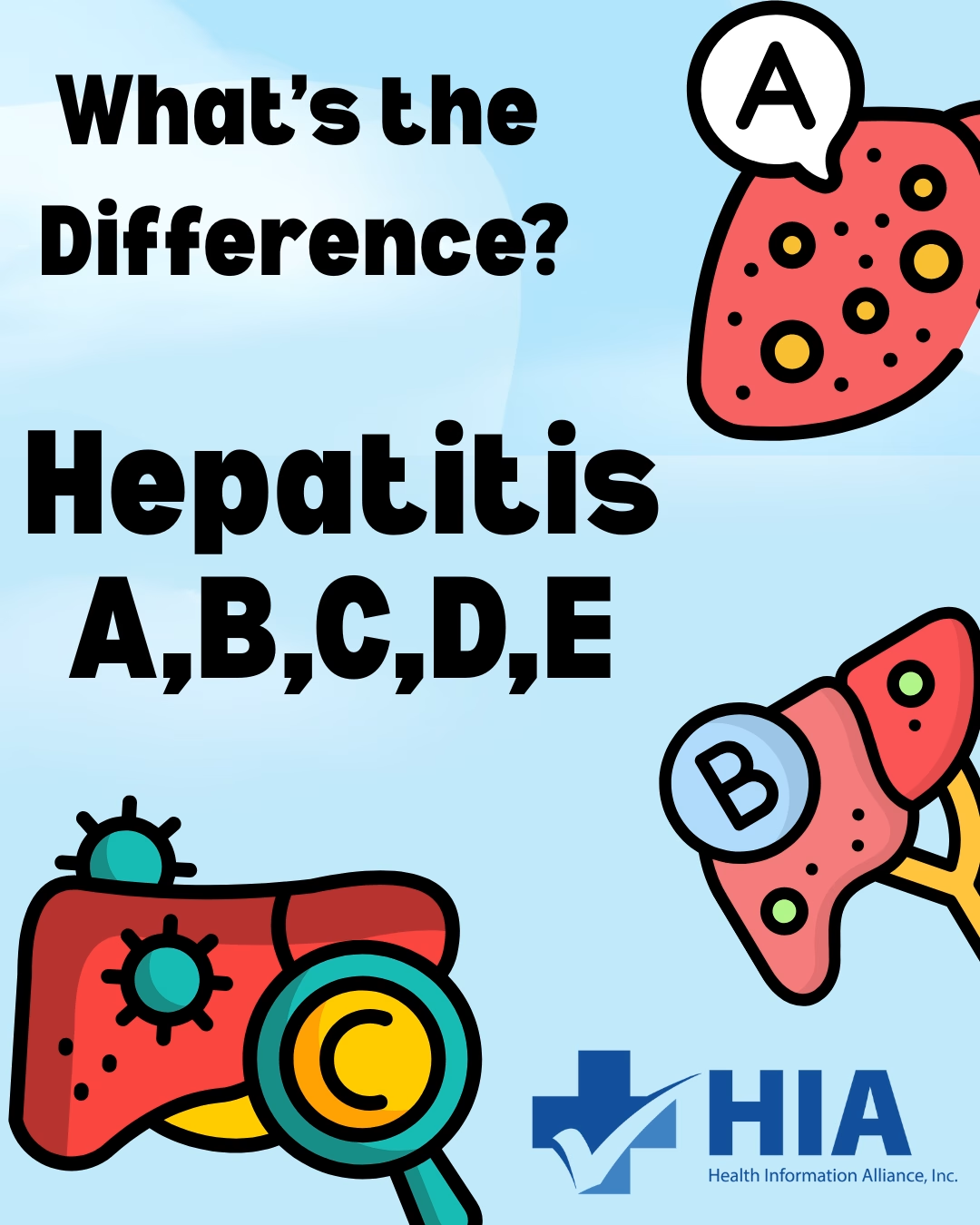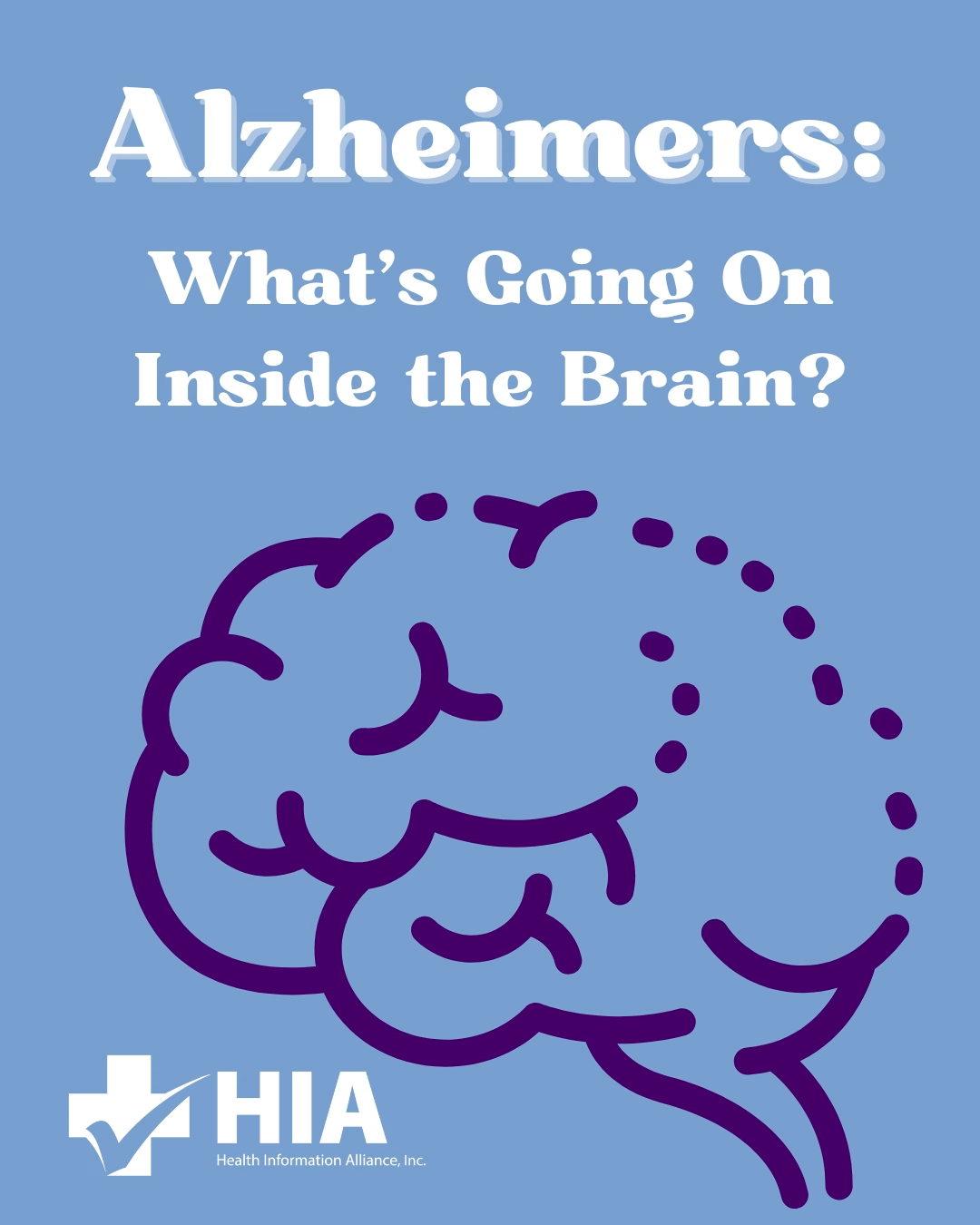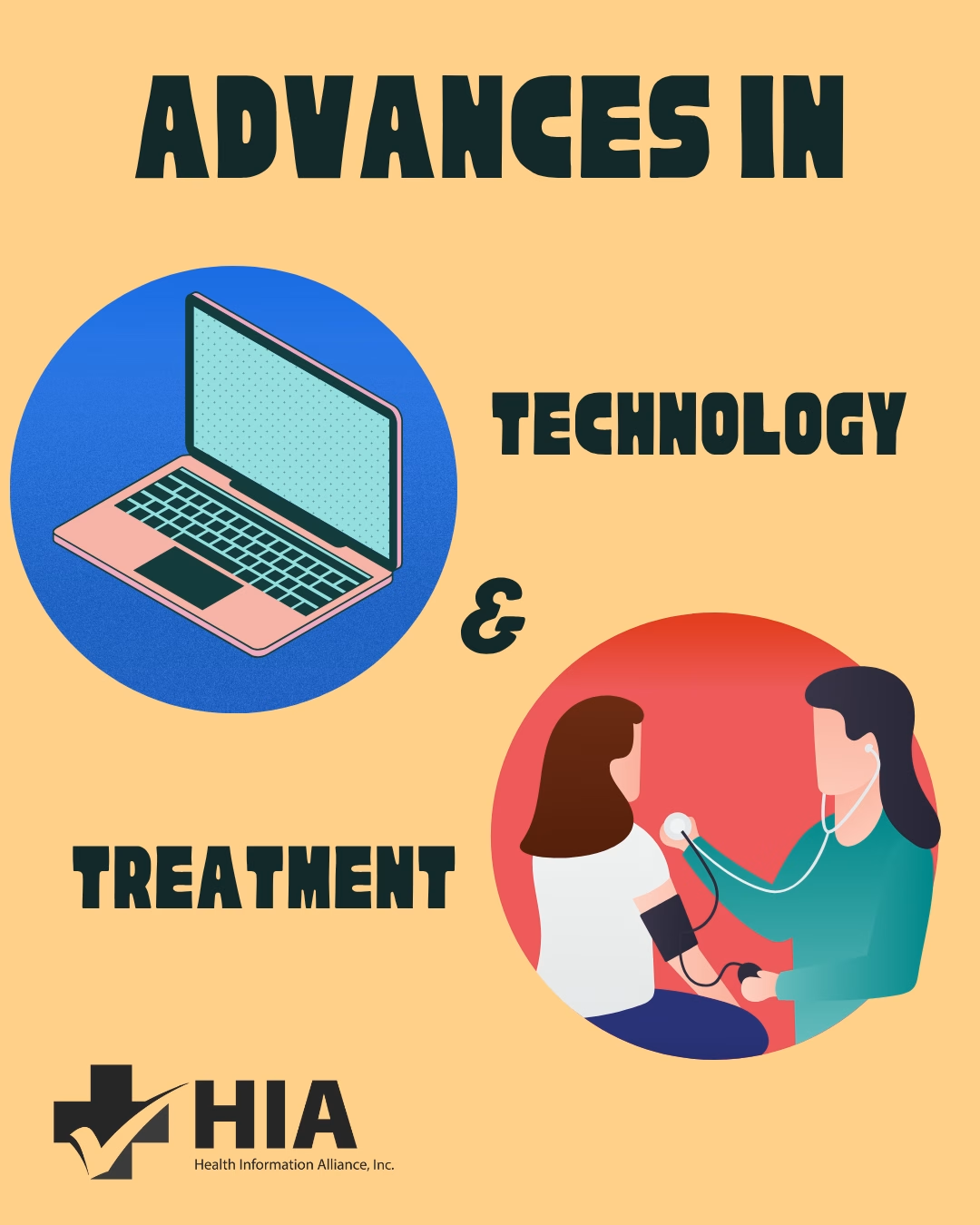Until the 20th century, breast cancer was an unspeakable condition in America, even though the condition has affected women throughout history. Breast cancer was seen as an incurable disease until the American Society for the Control of Cancer (ASCC), now known as the American Cancer Society (ACS), changed this view and gave thousands of women hope.
According to the American Cancer Society, breast cancer is the most common cancer in American women, which means the average risk of an American woman having breast cancer is 13%. It is further reported by the American Cancer Society that 1 in 8 women will regrettably develop breast cancer. This leaves the probability that 7 in 8 women will not have breast cancer and give hope for that population.
Additionally, according to the American Cancer Society, approximately “281,550 new cases of invasive breast cancer will be diagnosed in women,” and about “43,600 women will die from breast cancer”. Breast cancer directly or indirectly affects someone that we love. Though it is not common, breast cancer can also be found in men. Approximately 1 out of 100 men are diagnosed in the United States. Breast cancer has no discrimination of sex, and everyone should maintain a healthy lifestyle to help reduce the risks.
The journey of Breast Cancer Awareness Month began in 1985 when a joint venture between the American Cancer Society and the pharmaceutical division of Imperial Chemical Industries changed history. Betty Ford, who was a breast cancer survivor, helped to start a week-long event. Her husband, Gerald Ford, who was president of the United States during that time, was also an advocate for breast cancer awareness.
Early detection of breast cancer is critical, as it is rare to have symptoms. Breast cancer screening is important; it is recommended that women between the age of 45 to 54 should get mammograms every year. While women 55 years and older can have a mammogram every other year. Also, women between 40 to 44 years can opt to start screening with a mammogram every year. Screening for men is usually recommended when there is a genetic mutation that can increase the risk of developing breast cancer.
To reduce the risks of breast cancer, the Centers for Disease Control and Prevention recommend maintaining a healthy weight and exercise regularly, reduce alcohol consumption, and breastfeed if possible.
Thankfully to those who have dedicated themselves to learning and helping combat breast cancer, today we have many resources and organizations that were not in existence before the 20th century. Some of these organizations have changed and saved the lives of many breast cancer survivors. To learn more about breast cancer, visit the following organizations:
- https://www.nationalbreastcancer.org/
- https://www.breastcancer.org/
- https://www.cdc.gov/
- https://www.cancer.gov/
Health Information Alliance fully supports the cause of breast cancer and Breast Cancer Awareness Month and all the individuals and families who have been affected. One way in which we support the cause of breast cancer is by providing services that are beneficial to the community. These services include consulting services, staffing, and government by providing Federal suppliers.


